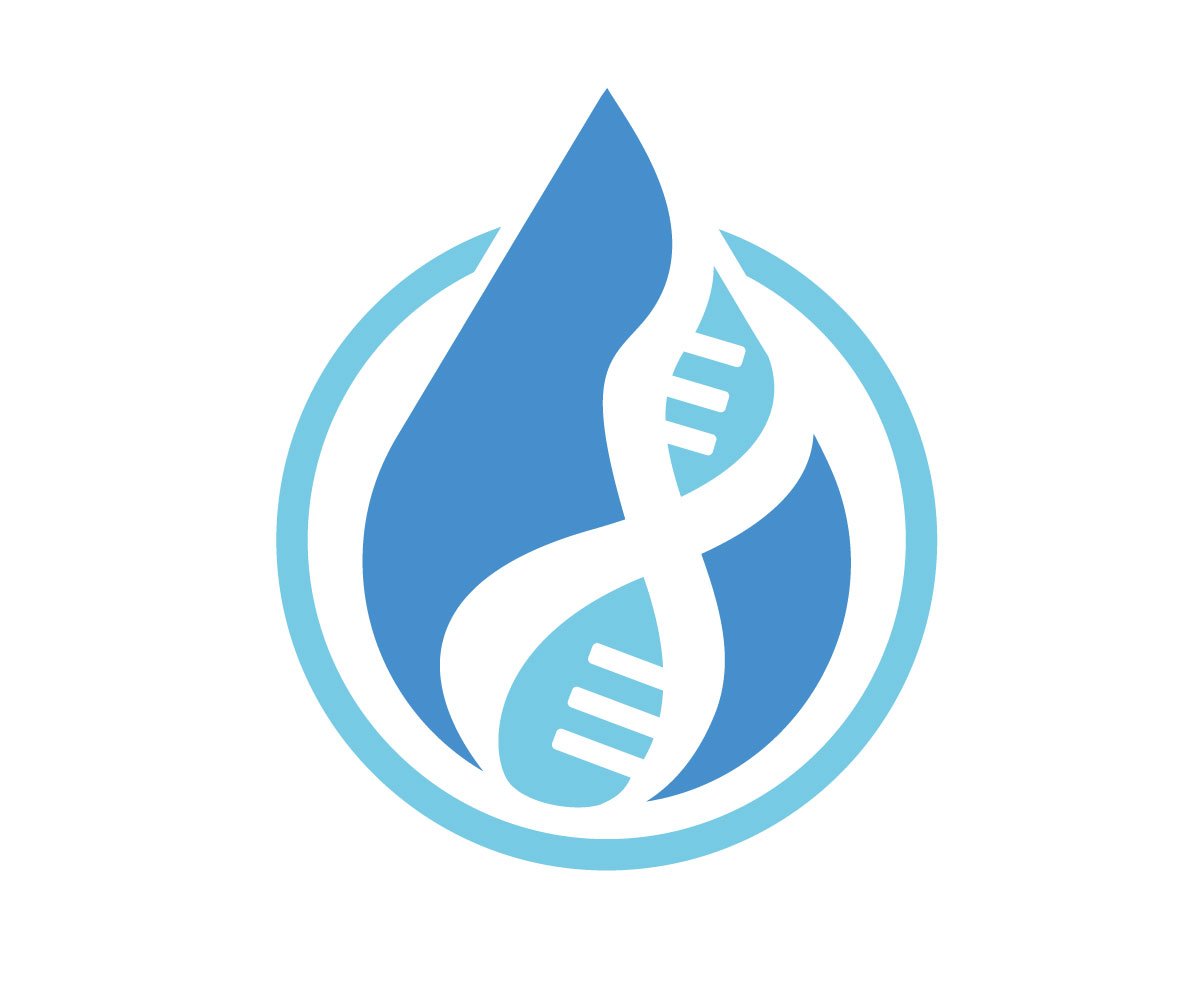“If My Dad’s Not My Biological Father, Then Who Is?”
More people every day are discovering unexpected news about their parentage as a result of consumer DNA tests. As a licensed and certified genetic counselor specializing in ancestry testing, I have more and more people reach out to me wondering could it be true my dad’s not my dad? If so, then who IS?
Sign up to read this post
Join Now

